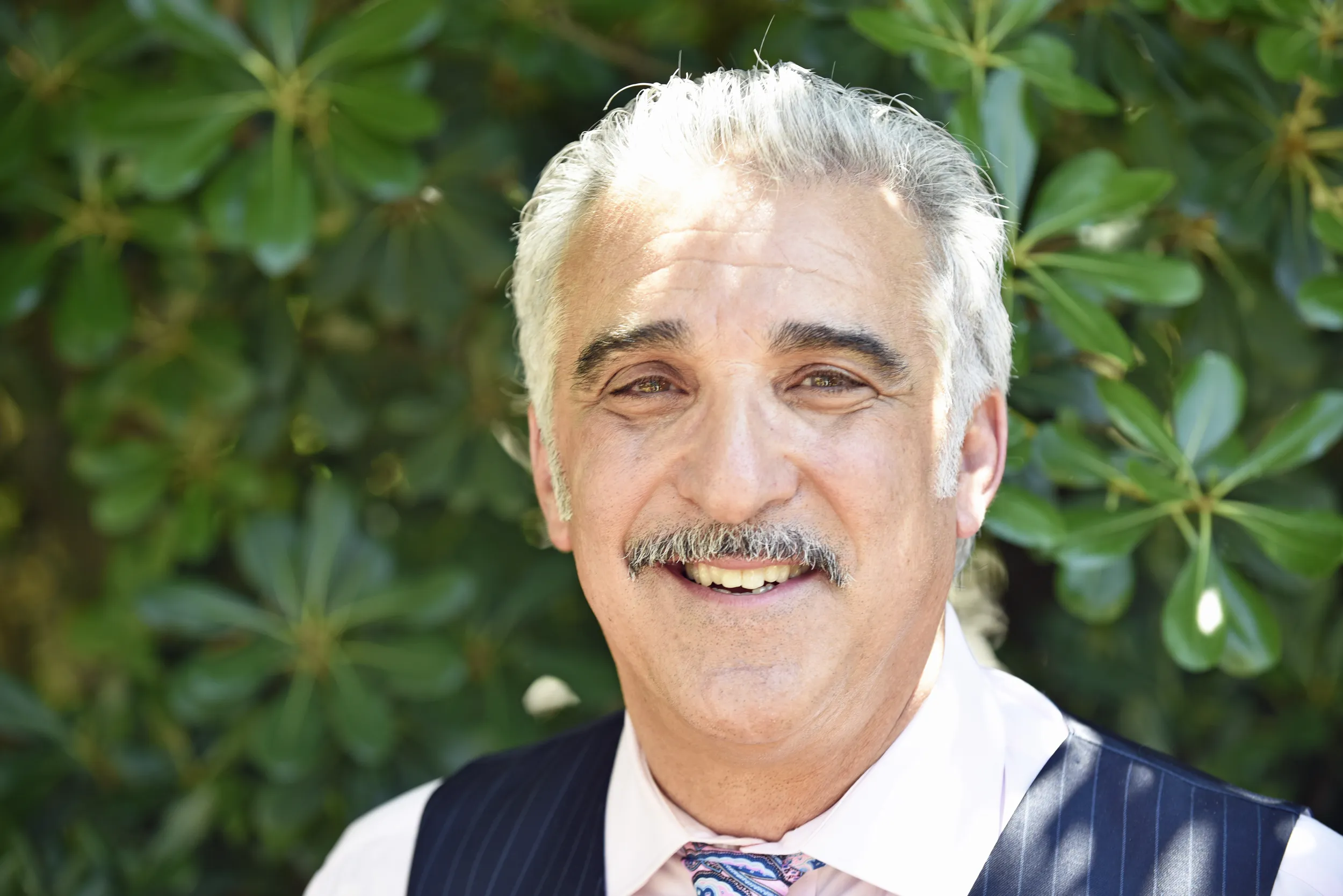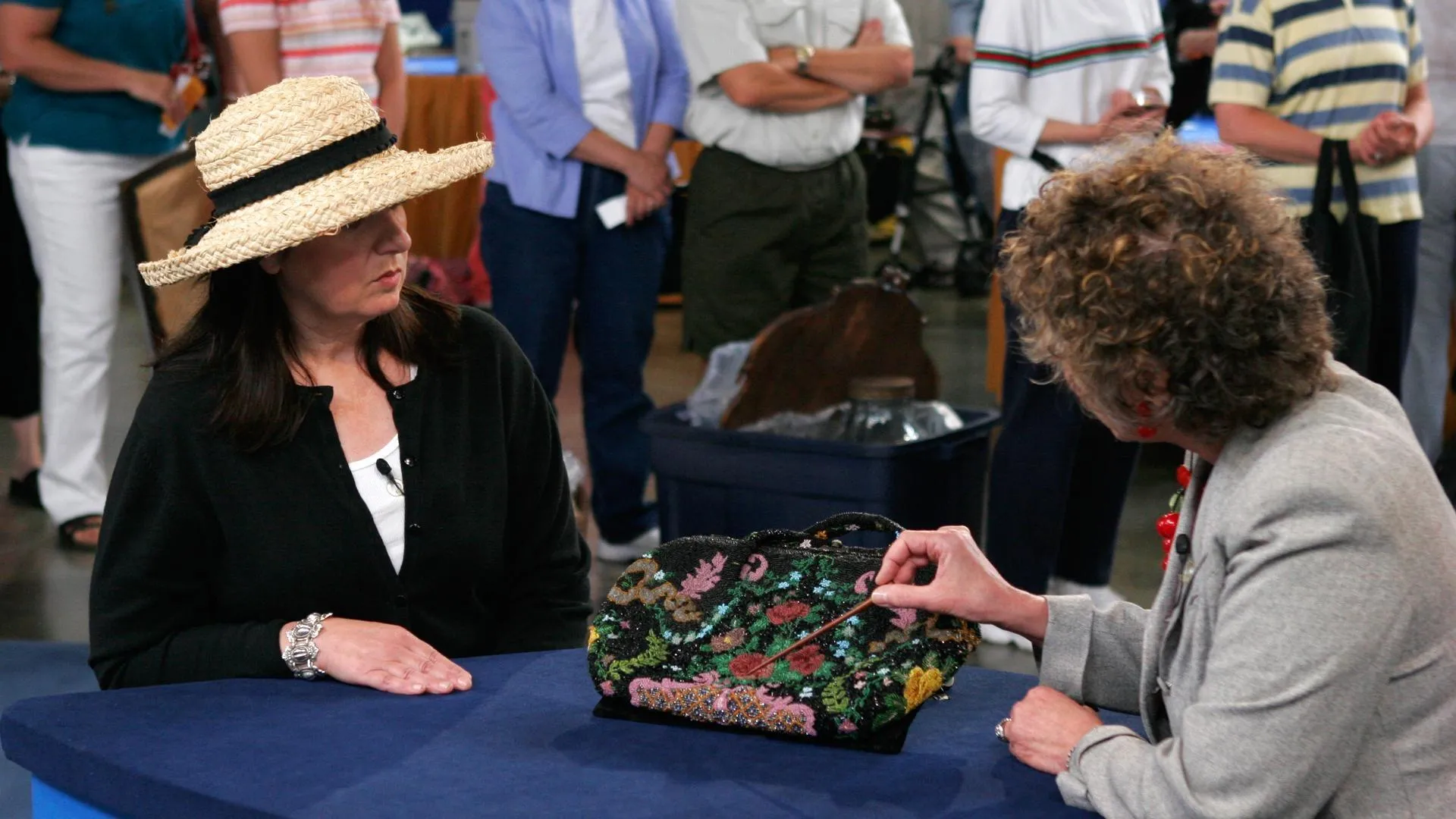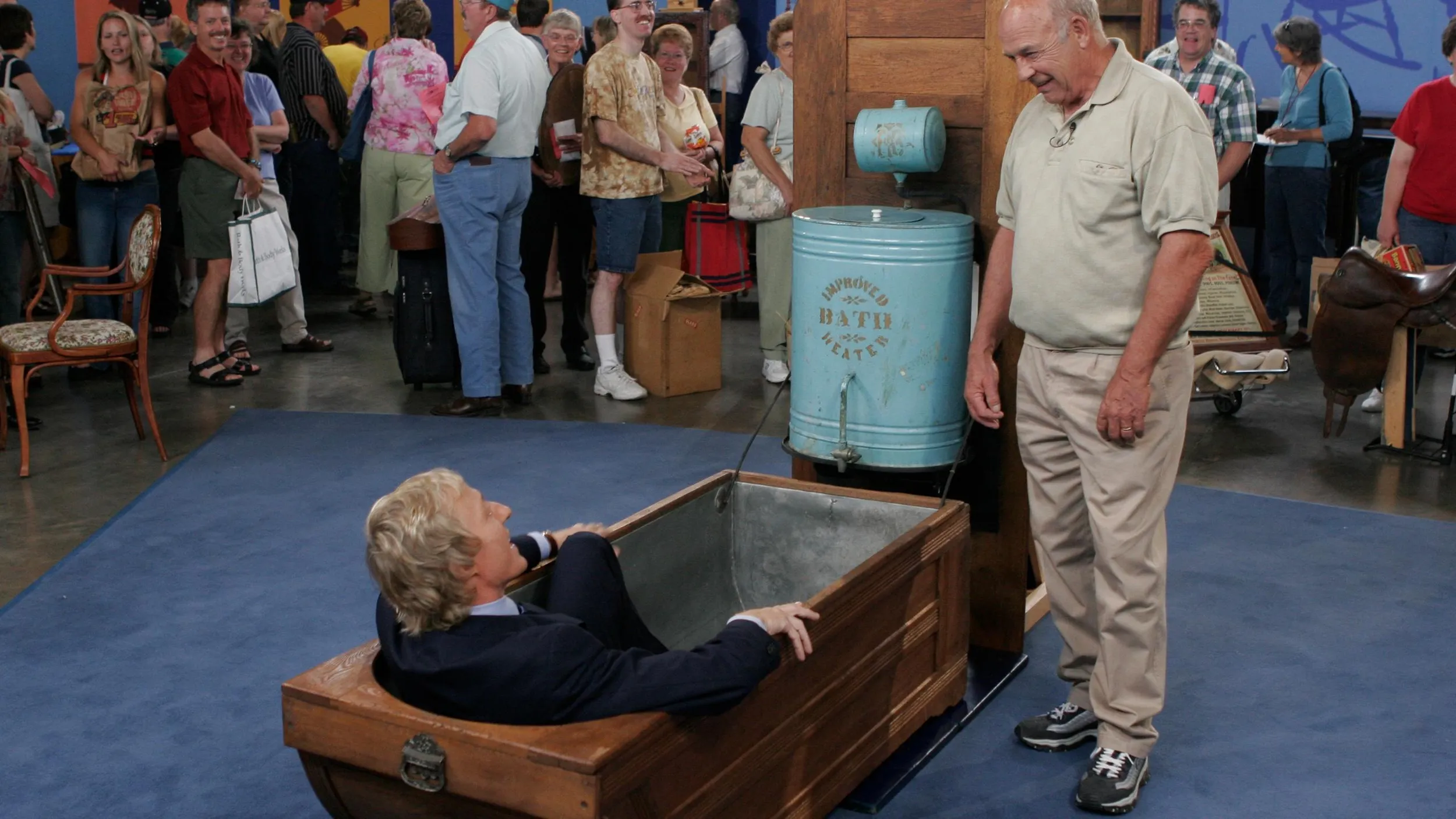GUEST: This is a picture of my father. He went to the Elgin watch college in 1922, '23, '24, and got his degree in 1925. And this is a watch over there that he made. And this is his drawings for making the watch. This shows my dad in the basketball team, and this is my dad right here at Elgin watch college. He made it in 1924. It's number 13.
APPRAISER: It's great that you still have his certificate from watchmaker's school. You know, a lot of these things can get lost over the years.
GUEST: And his drawings.
APPRAISER: Yeah. It's not often we see these drawings. You have some 25, 30 of them.
GUEST: That's right.
APPRAISER: And they're technical drawings that he would have had to complete, along with his watchmaking course, for different movements, lever escapements, different wheels, because he not only had to know it on paper, he was going to translate it to his work at the bench. Elgin was the largest manufacturer of watches in the United States. From 1864 to 1964, they made some 55 million watches. They basically made almost half of the total production in the United States.
GUEST: In Elgin, Illinois.
APPRAISER: In Elgin, Illinois. Correct. Here's the watch that he made. Now, I'm going to flip it over.
GUEST: Mm-hmm.
APPRAISER: I'm going to show everybody the movement. You said that he made the watch.
GUEST: From scratch.
APPRAISER: From scratch. Now, a lot of these parts are die-struck and machine-retooled. So he may not have actually sat down and made every single little part, but he certainly had to tune them, fit them. You have over a hundred pieces in here.
GUEST: Mm-hmm.
APPRAISER: That takes upwards, towards 2,000 operations to put it together.
GUEST: Oh, really?
APPRAISER: But what he did do is, he customized the watch, also.
GUEST: Mm-hmm.
APPRAISER: These plates, these large areas, are usually solid throughout here.
GUEST: Mm-hmm.
APPRAISER: What he did was, he sat down and he pierced them with a saw. And he customized it. Number 13 is the number he put on it. He also put the date, and then he wrote his initials. It doesn't have a regular Elgin serial number. Why? Because he was making this in the class.
GUEST: For himself.
APPRAISER: Exactly. You can see, also, on the back cover, he put his initials, nicely engraved. I think when you put it all together, especially to somebody who collects Elgin...
GUEST: Mm-hmm.
APPRAISER: And tie it in with the drawings...
GUEST: Mm-hmm.
APPRAISER: I think you have something that would, at auction, probably bring $1,500 to $2,000 today.
GUEST: Oh, really? (chuckles) I'm surprised. I had no idea. Of course, it's not for sale. We display it.
APPRAISER: Well, it's great things to have in the family and pass down through the generations.
GUEST: Absolutely.












